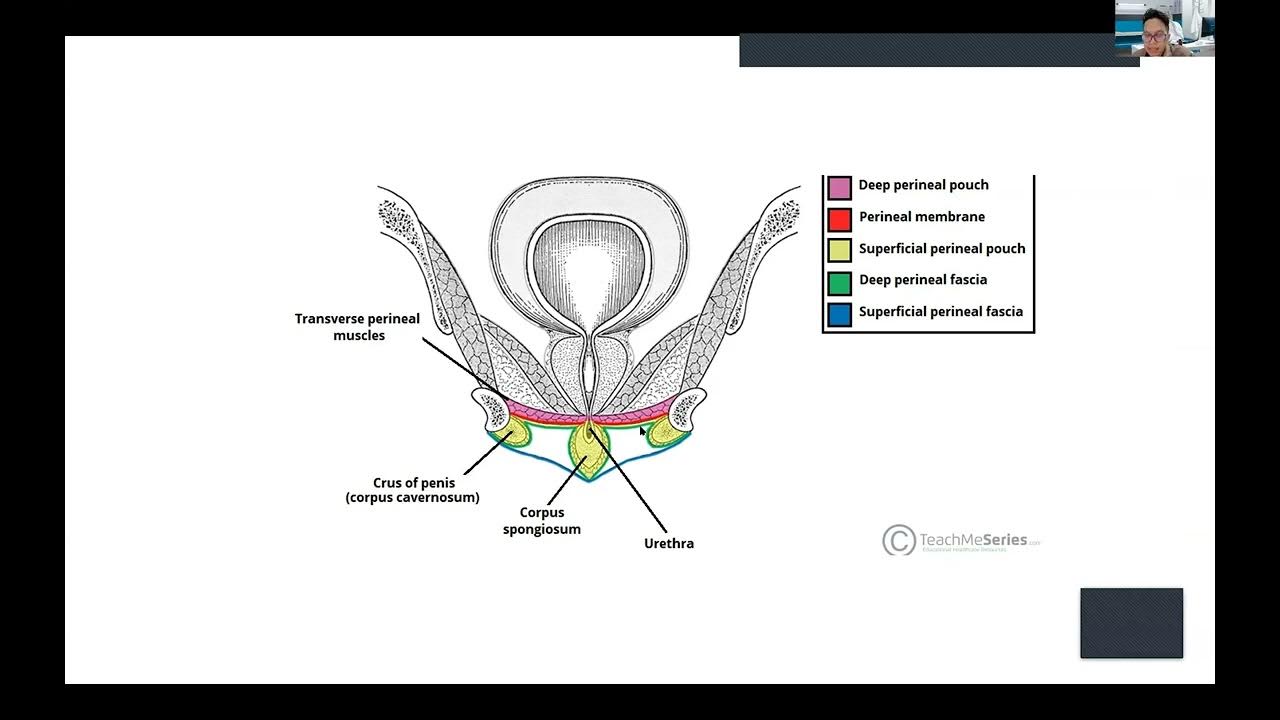Head & Neck Anatomy | Soft Palate Muscles | INBDE
Summary
TLDRIn this video, Ryan provides an in-depth look at the muscles of the soft palate, highlighting their functions and innervation. The muscles covered include the palatopharyngeus, musculus uvulae, tensor veli palatini, levator veli palatini, and salpingopharyngeus. Each muscle’s origin, insertion, action, and cranial nerve innervation are explained in detail, with particular focus on the tensor veli palatini’s role in equalizing air pressure through the auditory tube. The video also briefly compares the muscles, providing valuable insights for students, especially those preparing for board exams. Ryan encourages viewers to support his content through Patreon for additional resources.
Takeaways
- 😀 The soft palate muscles are innervated by cranial nerve V3 and cranial nerve X.
- 😀 There are five main muscles of the soft palate: palatopharyngeus, musculus uvulae, tensor veli palatini, levator veli palatini, and salpingopharyngeus.
- 😀 The palatopharyngeus muscle originates from the palatine aponeurosis and inserts into the thyroid cartilage and lateral pharyngeal wall. Its action is to pull the pharynx and larynx upward.
- 😀 The musculus uvulae shortens and broadens the uvula during swallowing, helping to close the nasopharynx. It is innervated by cranial nerve X.
- 😀 The tensor veli palatini muscle is responsible for tensing the soft palate and opening the auditory tube to equalize air pressure between the middle ear and the nasopharynx. It is innervated by cranial nerve V3.
- 😀 The tensor veli palatini muscle's tendon hooks around the pterygoid hamulus and plays a key role in equalizing air pressure when swallowing or yawning.
- 😀 The levator veli palatini elevates the soft palate to close off the nasopharynx during swallowing. It is innervated by cranial nerve X.
- 😀 The salpingopharyngeus muscle helps equalize air pressure via action at the auditory tube. It originates from the cartilaginous part of the auditory tube and inserts into the thyroid cartilage and pharyngeal wall.
- 😀 The tensor veli palatini and salpingopharyngeus muscles work together to equalize air pressure by affecting the auditory tube.
- 😀 The video encourages viewers to like the video, subscribe to the channel, and check out the creator's Patreon page for additional resources, including slides, practice questions, and board exam explanations.
Q & A
What nerves innervate the muscles of the soft palate?
-The muscles of the soft palate are innervated by cranial nerve V3 (trigeminal nerve, mandibular branch) and cranial nerve X (vagus nerve).
What is the function of the palatopharyngeus muscle?
-The palatopharyngeus muscle helps pull the pharynx and larynx upwards during swallowing, and it forms the posterior pillar of the fauces.
Where does the palatopharyngeus muscle originate and insert?
-The palatopharyngeus muscle originates from the palatine aponeurosis and inserts into the upper border of the thyroid cartilage and the lateral pharyngeal wall.
What does the musculus uvulae do during swallowing?
-The musculus uvulae shortens and broadens the uvula to help close off the nasopharynx during swallowing.
Which cranial nerve innervates the tensor veli palatini?
-The tensor veli palatini is innervated by cranial nerve V3, the mandibular branch of the trigeminal nerve.
What is the main function of the tensor veli palatini muscle?
-The tensor veli palatini tenses the soft palate and helps open the auditory tube to equalize air pressure between the middle ear and the nasopharynx.
What is a significant anatomical feature of the tensor veli palatini muscle?
-The tendon of the tensor veli palatini hooks around the pterygoid hamulus and forms the palatine aponeurosis where other muscles insert.
What does the levator veli palatini do, and which cranial nerve innervates it?
-The levator veli palatini elevates the soft palate to close off the nasopharynx during swallowing. It is innervated by cranial nerve X (vagus nerve).
How does the salpingopharyngeus muscle contribute to equalizing air pressure?
-The salpingopharyngeus muscle assists the tensor veli palatini in equalizing air pressure by acting at the auditory tube.
What is the anatomical origin and insertion of the salpingopharyngeus muscle?
-The salpingopharyngeus originates from the cartilaginous part of the auditory tube and inserts into the upper border of the thyroid cartilage and the lateral pharyngeal wall.
Outlines

Cette section est réservée aux utilisateurs payants. Améliorez votre compte pour accéder à cette section.
Améliorer maintenantMindmap

Cette section est réservée aux utilisateurs payants. Améliorez votre compte pour accéder à cette section.
Améliorer maintenantKeywords

Cette section est réservée aux utilisateurs payants. Améliorez votre compte pour accéder à cette section.
Améliorer maintenantHighlights

Cette section est réservée aux utilisateurs payants. Améliorez votre compte pour accéder à cette section.
Améliorer maintenantTranscripts

Cette section est réservée aux utilisateurs payants. Améliorez votre compte pour accéder à cette section.
Améliorer maintenantVoir Plus de Vidéos Connexes

Quadriceps Anatomy: Origin, Insertion, Innervation & Action

Muscles of the Hip and Thigh - Human Anatomy | Kenhub

CN 5: Trigeminal Nerve (Scheme, Divisions, Pathway) | Neuroanatomy

intro la eksternal genitalia wanita_Tegar Fitriyana Sukaya Karso, dr.

Head & Neck Anatomy | Bones of the Skull | INBDE

The Mandible: Anatomy and Muscles (3D Animation)
5.0 / 5 (0 votes)
